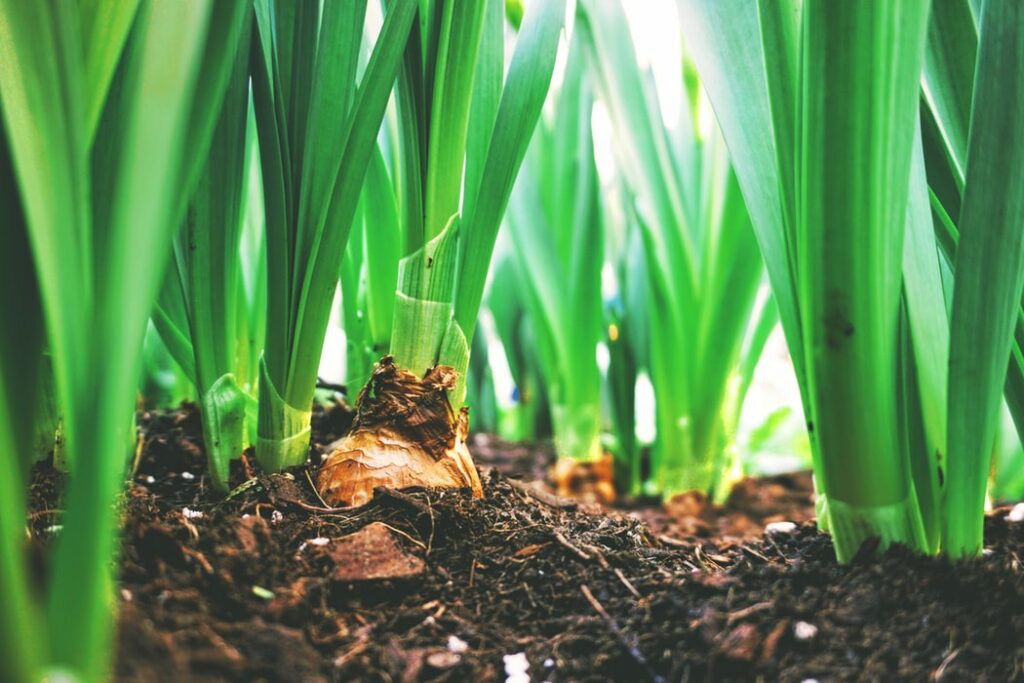With spring upon us, it’s the perfect time to spruce up your garden and get your fingers dirty!
We humans produce a lot of waste, a lot more than we should (but that’s a topic for another day). On the positive side, with all that waste comes the opportunity to do good with it. Why not create your own compost. If you still aren’t sold on the idea, here are a few benefits that might sway your decision: you won’t need to purchase compost from the store, so you are saving money; you’ll have an exciting project to nurture; and, finally, your garden will be healthier.
Best of all, it’s easy to make your own compost, as the list of items you can use is pretty long.
What can you compost?
Here are the ideal candidates for your compost heap:
- Vegetable and fruit scraps
- Eggshells and egg boxes
- Teabags
- Coffee grounds
- Dry leaves and grass
- Wood and bark chips
- Firewood ash
- Shredded newspaper
- Corncobs
What can’t you compost?
There are certain items that will not work in a compost heap and could even attract pests due to the smell. Here are the items you should not include in your compost heap:
- Dairy products
- Items containing oil, grease or fat
- Items containing meat
- Rice and bread products
- Dog or cat feces
- Weeds with seeds
- Diseased plants

The composting process
Step 1: Gather your materials
Combine your brown materials with your green materials. Brown materials are generally things that are already dead, such as leaves and wood chips. Green materials include kitchen scraps and fresh plant trimmings. Before you start, make sure you have enough material. Tip! For great results, mix three parts brown material to one part green material. You can create compost in a heap on the ground, in a hole about one metre deep, or in a compost bin that sits directly on soil or grass to allow worms, microorganisms and insects to access the heap and assist in the decomposing process.
Step 2: Watering your heap is essential
Make sure you water your compost heap regularly. Add enough water so that it is damp. Don’t overwater, as this will result in rotting rather than decomposing. To make sure you are on the right track, use a thermometer or simply push your hand into the middle of the heap; it should feel warm.
Step 3: Give it a good mix
Every week, you need to mix your heap. The best time to do this is when the centre of the pile feels warm or when your thermometer reads between 55 and 65 degrees Celsius. Mixing the heap regularly will also help to reduce bad odours that may form.
Step 4: What to do when your compost is fully cooked
How do you know when your compost is ready? When your compost heap no longer gives off heat and is dry and crumbly, it is set to go! Fresh compost is perfect to use at the beginning of a planting season, add it to flower beds, pots – you name it.
No matter which method or process you use, making compost is easy, rewarding, environmentally friendly and, best of all, your garden will love you for it.










